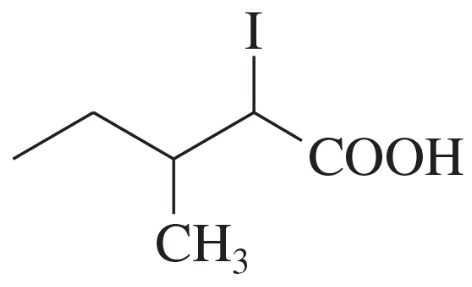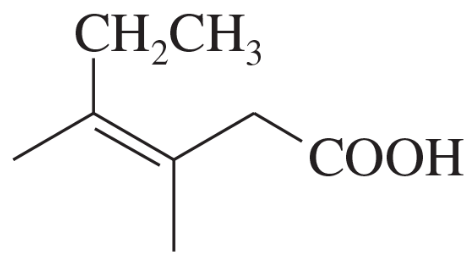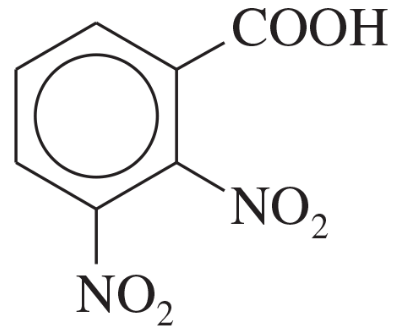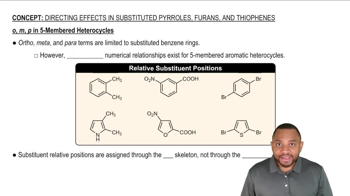Draw the structure for each of the following:
i. α-chlorovaleric acid



 Verified step by step guidance
Verified step by step guidance Verified video answer for a similar problem:
Verified video answer for a similar problem:



 4:20m
4:20mMaster Carboxylic Acids Nomenclature with a bite sized video explanation from Johnny
Start learning